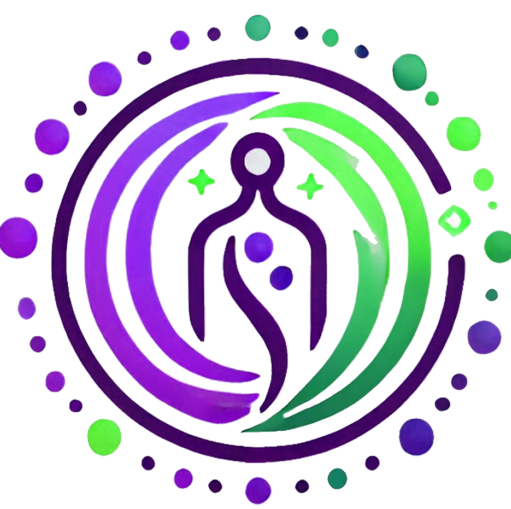NeuroReflective Documentation (NRD) is an advanced technique that systematically captures and organizes your cognitive strategies—such as thoughts, intentions, and reflections—into a structured format. By doing so, NRD helps encode these strategies into your neurobiological framework, reinforcing positive cellular activities and promoting overall health. This practice leverages the brain’s plasticity to create lasting neurocognitive pathways that support your physical and mental well-being.
How Does NRD Work?
NRD is based on the understanding that the act of documenting thoughts and intentions can deepen neural connections and solidify mental patterns that influence physiological processes. By regularly engaging in NRD, you can:
- Create Structured Neurocognitive Pathways: Systematically documenting your thoughts and intentions helps to establish and reinforce neural pathways associated with positive outcomes. This process can lead to more consistent and effective mental states that support cellular health and regeneration.
- Enhance Cognitive Encoding: The process of writing down your reflections and goals actively engages multiple areas of the brain, enhancing the encoding of these cognitive strategies. This can lead to more powerful and enduring changes in your mental and physical states.
- Promote Positive Cellular Activities: By regularly documenting and reflecting on your health goals and mental practices, you reinforce the mental states that are conducive to cellular repair, regeneration, and overall well-being.
Benefits of NeuroReflective Documentation
- Reinforced Positive Mental Patterns: NRD helps solidify positive mental patterns by repeatedly encoding them into your neurobiological framework, leading to more consistent health-promoting thoughts and behaviors.
- Enhanced Clarity and Focus: The act of documenting your intentions and reflections can bring greater clarity to your health goals, making it easier to focus on the steps needed to achieve them.
- Improved Emotional Regulation: By regularly reflecting on your thoughts and emotions, NRD can help you better understand and manage your emotional responses, contributing to overall mental and physical health.
- Support for Long-Term Health Goals: NRD provides a structured way to track your progress toward long-term health goals, making it easier to stay motivated and committed to your NeuroCellular Reconditioning practices.
How to Practice NeuroReflective Documentation
- Establish a Routine: Set aside a regular time each day for NRD, whether it’s in the morning, before bed, or during a quiet moment in your day. Consistency is key to reinforcing the cognitive strategies you’re documenting.
- Document Your Intentions: Begin each session by writing down your specific health goals and the cognitive strategies you plan to use to achieve them. Be clear and intentional in your language, focusing on positive outcomes.
- Reflect on Your Experiences: After documenting your intentions, take time to reflect on your experiences related to those goals. This could include how you felt during a particular meditation session, the results of a visualization practice, or any challenges you encountered.
- Analyze and Adjust: Use your documentation to analyze what is working well and what might need adjustment. This reflective process helps you refine your strategies and optimize your NeuroCellular Reconditioning practices.
- Review Regularly: Periodically review your documented reflections and intentions to track your progress and stay aligned with your long-term health goals. This ongoing review process helps keep your cognitive strategies fresh and effective.
Scientific Foundations of NRD
NeuroReflective Documentation is grounded in cognitive neuroscience, which shows that the act of writing can significantly enhance memory and cognitive processing. Research has demonstrated that journaling and other forms of written reflection can lead to improved mental clarity, better emotional regulation, and enhanced goal achievement. By formalizing this process through NRD, you can leverage these benefits to support your health and well-being.
Getting Started with NRD
To begin your practice of NRD, start with a simple notebook or digital journal dedicated to your reflections and intentions. Focus on documenting specific aspects of your NeuroCellular Reconditioning journey, such as your goals, experiences, and insights. As you become more comfortable with the process, you can expand your documentation to include more detailed reflections and analysis.
By incorporating NeuroReflective Documentation into your routine, you are actively encoding your cognitive strategies into your neurobiological framework, reinforcing the mental patterns that support cellular health and long-term vitality. This practice not only enhances your mental clarity and focus but also plays a crucial role in optimizing your physical well-being.

